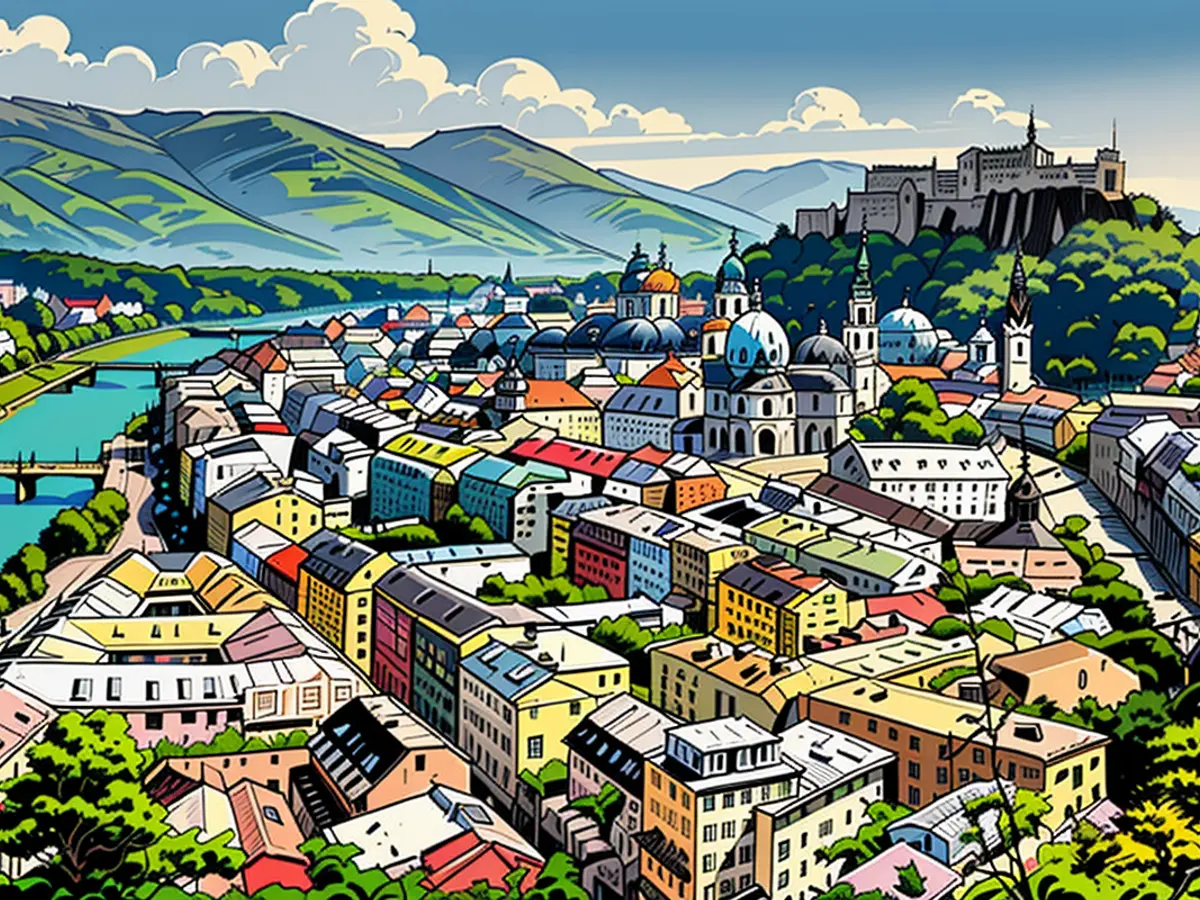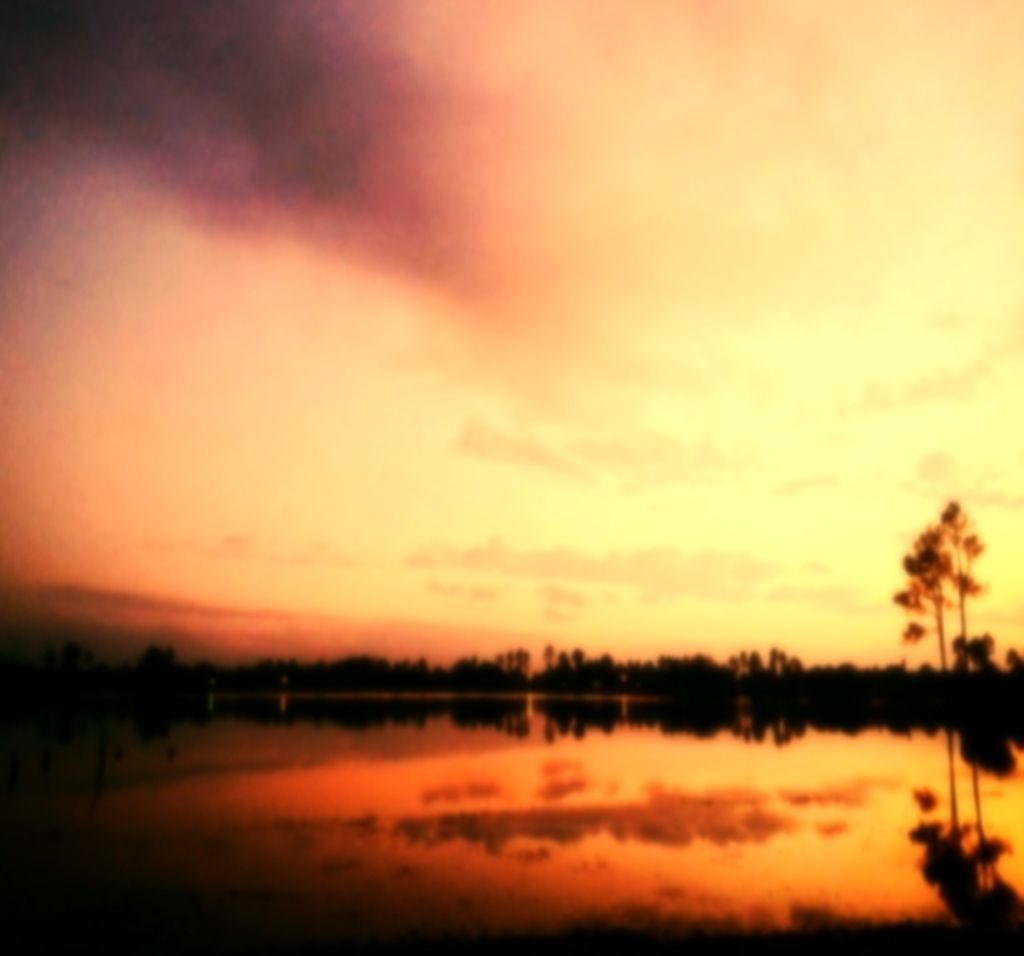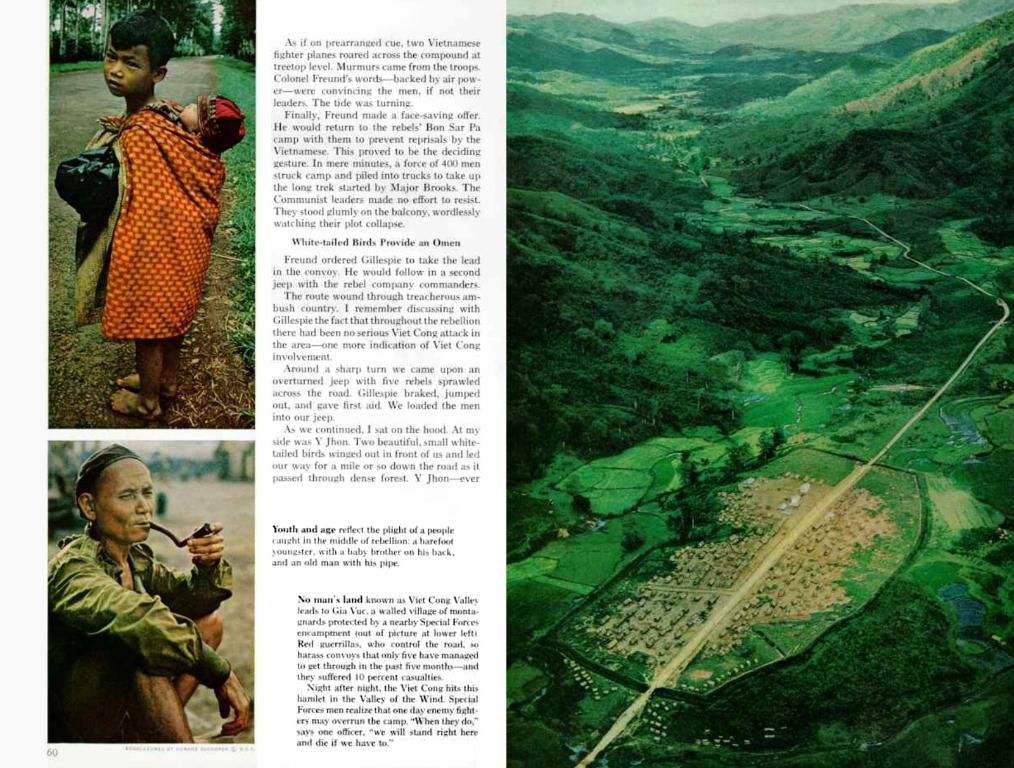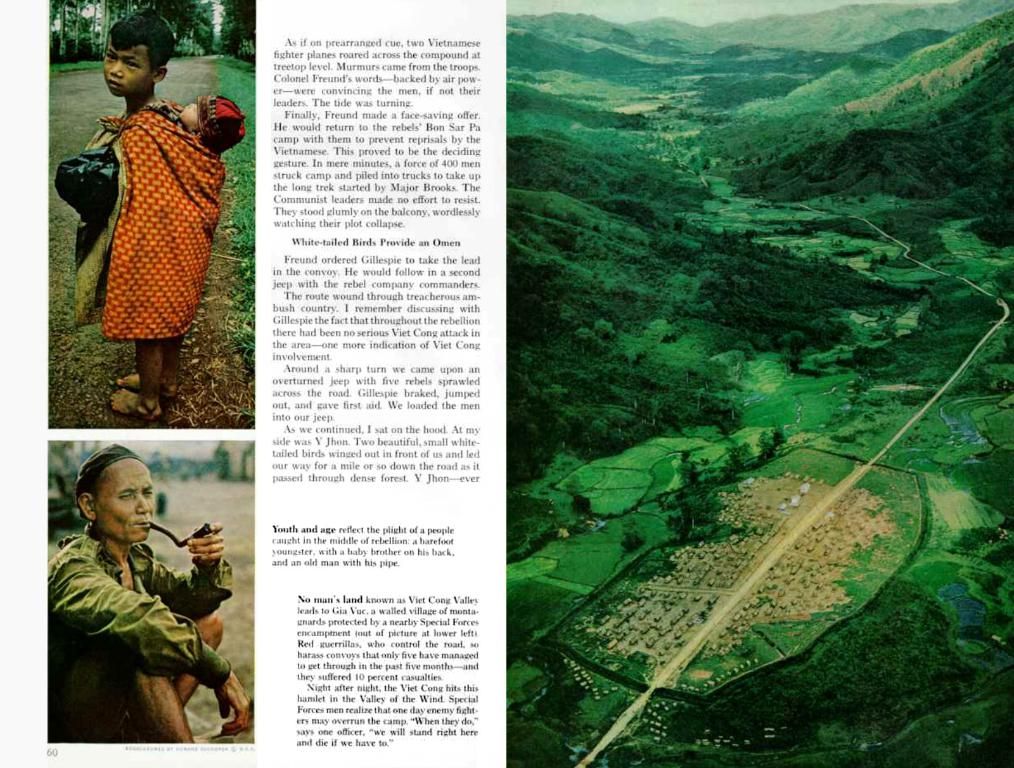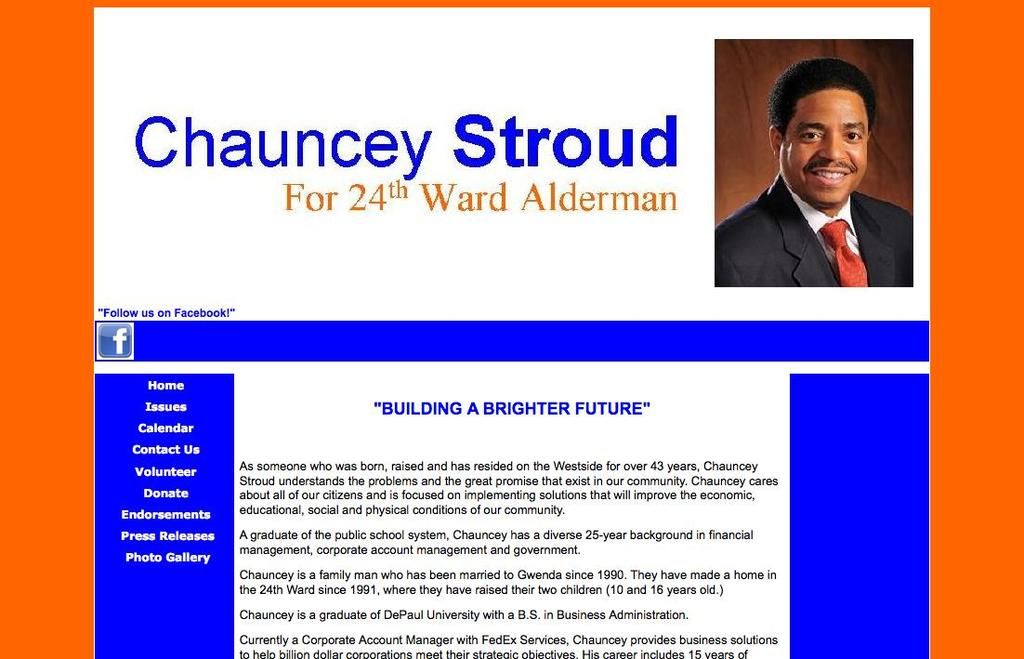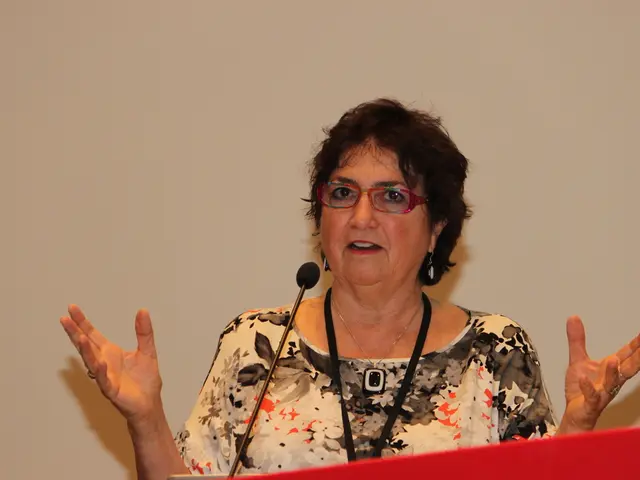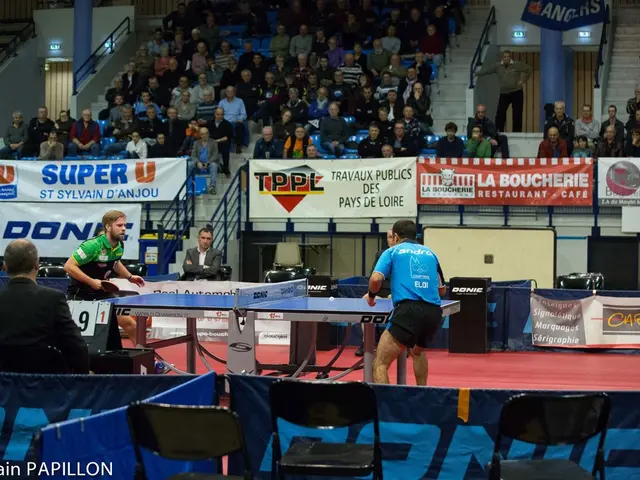Expanding Horizons at the Salzburg Festival: A Major Overhaul
The Salzburg Event, known globally for its music and theater extravaganza, is set for a massive transformation over the coming years. The project aims to increase the event's size by more than a quarter, eventually covering an additional 10,000 square meters. This ambitious endeavor, boasting an estimated budget of around 400 million euros by 2031, is scheduled to begin soon after this year's festivities conclude.
To clear the necessary space for this expansion, the Mönchsberg, which currently houses several performance venues and facilities, will undergo further excavation. Lukas Crepaz, the commercial director of the event, revealed this plan to the German Press Agency.
Amongst the existing sites within the Mönchsberg, the Felsenreitschule, an opera and concert stage with a rich history, is one of the most notable venues. Originally used as a quarry and for animal performances, this historic structure has managed to adapt and evolve with time, offering visitors an unforgettable cultural experience.
Pushing the Limits in the Face of Climate Change
One of the initial planned additions to the Salzburg Event includes a scene construction hall within the Mönchsberg. Crepaz argues that building this facility elsewhere would result in detrimental effects on the environment, such as soil sealing and environmentally harmful truck deliveries.
Furthermore, the expansion project will cultivate much-needed rehearsal rooms and workshops, addressing current limitations within the structure.
Climate change poses another major challenge, evident in the increasing number of extreme heat days. To combat this issue, the construction of a visitor center and a cutting-edge cooling system is a top priority. As Crepaz put it, "We've already reached our limit due to climate change."
Other facets of the project include revamping the Large Festival Hall, upgrading outdated operating technology, and sourcing substitute stages when necessary.
Funding and Impact
The Salzburg City and State, as well as the Austrian federal budget, will contribute to financing this colossal undertaking. According to calculations by the Chambers of Commerce, the Salzburg Event generates an annual added value of 250 million euros in Austria. Taxes and levies amount to 96 million euros. As Crepaz stated, "The investment has paid for itself within five years."
Originally, the project's estimated costs were anticipated to be around 263 million euros. However, inflation and potential additional expenses, such as future renovations of the Felsenreitschule and Mozart House, have led to an increase in the overall budget. Despite these additional costs, the anticipated benefits, both economic and cultural, make this project a compelling opportunity for the city of Salzburg.
The Salzburg Event's expansion includes plans for constructing a scene construction hall within the Mönchsberg, with the primary goal of minimizing soil sealing and environmentally harmful truck deliveries. This upcoming transformation will breathe new life into historical performance venues, such as the Felsenreitschule, which have been an integral part of the event for centuries.
Sources:
Enrichment Insights:
The Fortress Hohensalzburg, an iconic landmark situated in Salzburg, is also undergoing renovations and adaptations to accommodate the city's growth and development. While information on the specific plans and budgets is not readily available, it's worth noting the historical significance and ongoing cultural influence of this architectural gem.
Fortress Hohensalzburg has a rich history, having been constructed in 1077 to protect the principality of Salzburg. Over the centuries, it has undergone several expansions and transformations, showcasing a harmonious blend of medieval, Gothic, and Renaissance influences. The fortress has long captivated visitors with its lavish chambers, opulent Golden Hall, and awe-inspiring mechanical organ--the Salzburg Bull.
Today, Fortress Hohensalzburg continues to serve as a cultural hub, hosting concerts, exhibitions, and medieval reenactments, as well as being a significant part of the city's renowned music festivals. As is the case with the Salzburg Event, any planned renovations or expansions will require careful consideration of the fortress' history, architectural integrity, and cultural significance. Ultimately, any future developments will aim to balance modernization and innovation with preservation and respect for the past.
